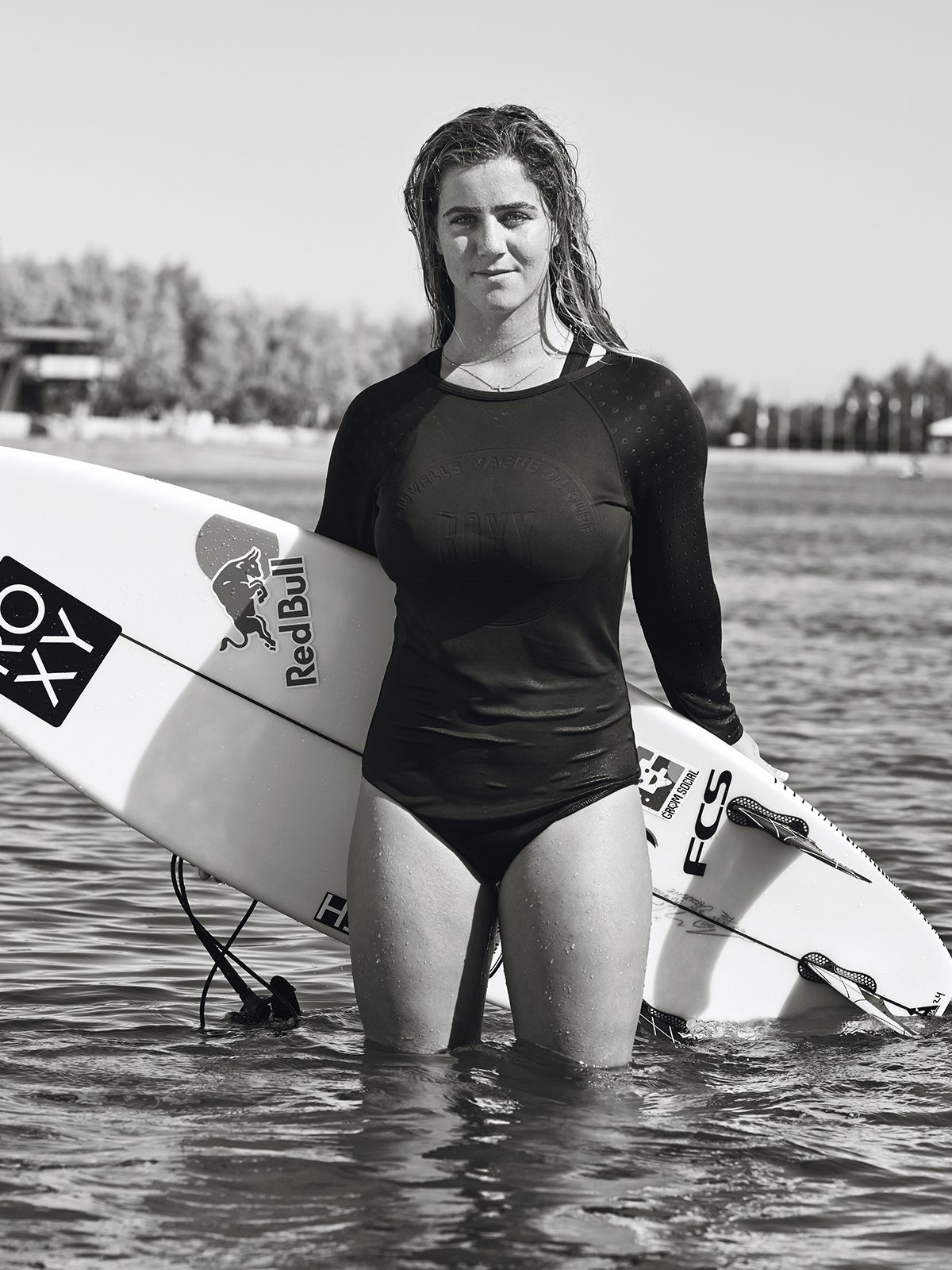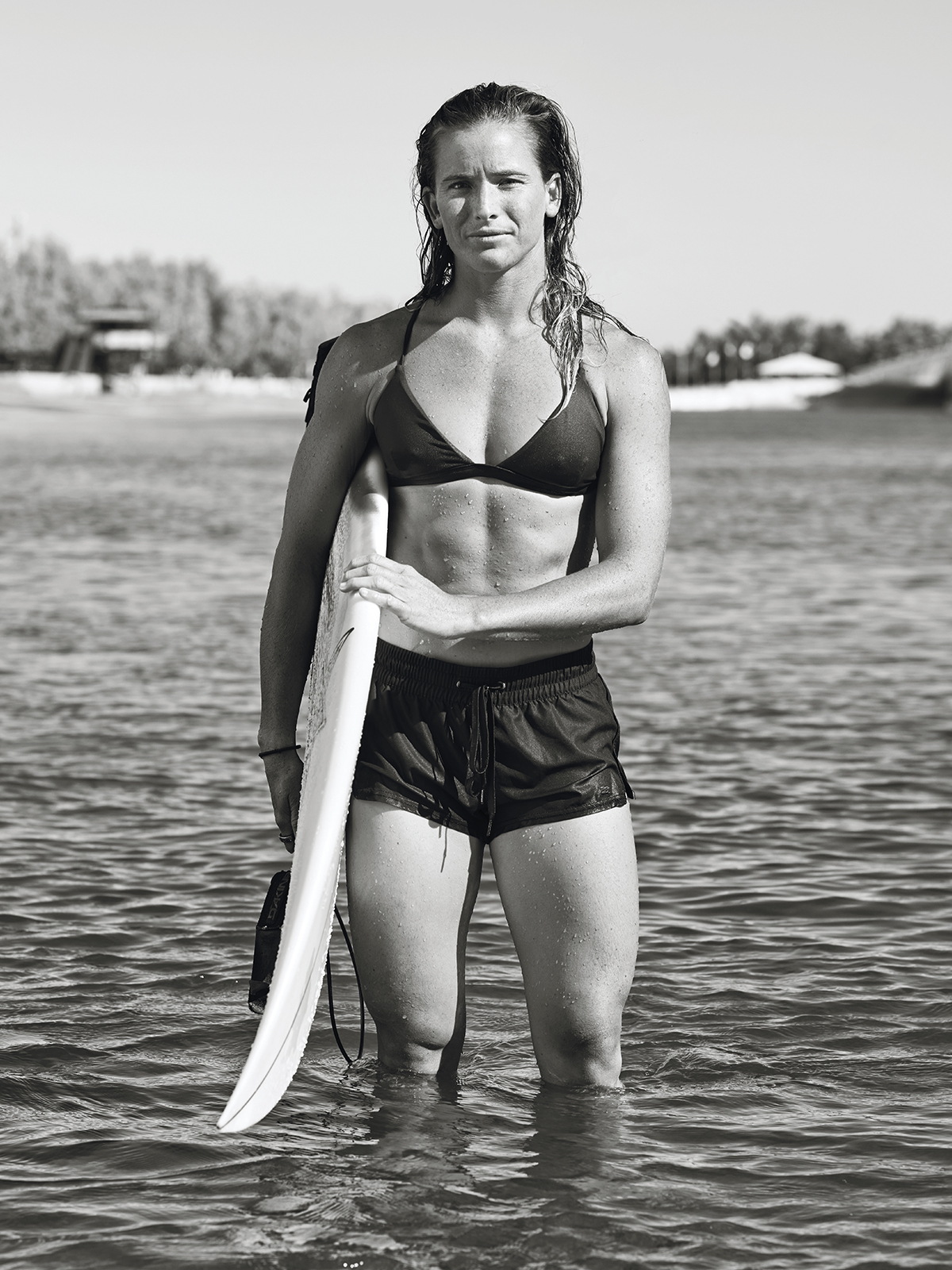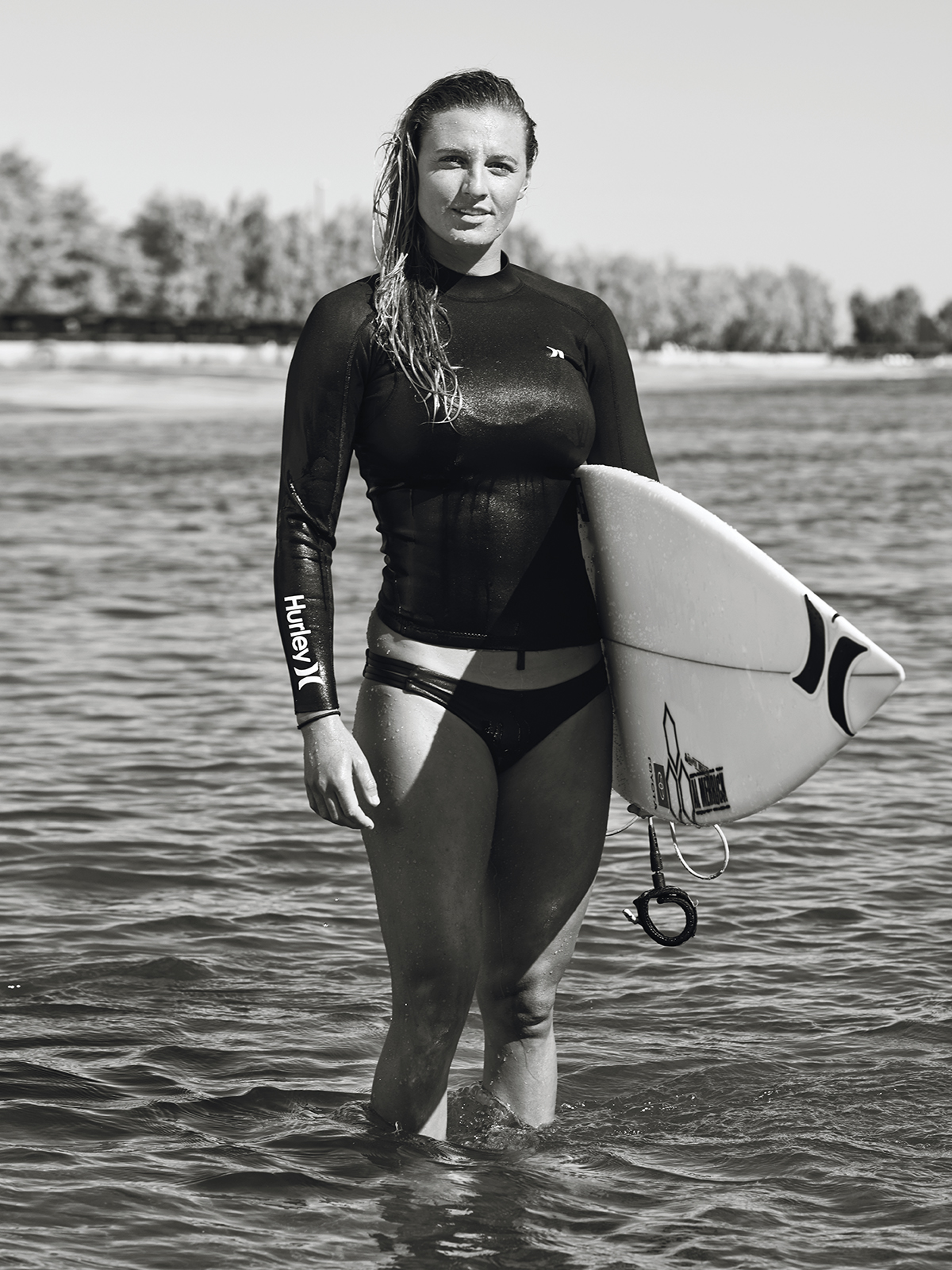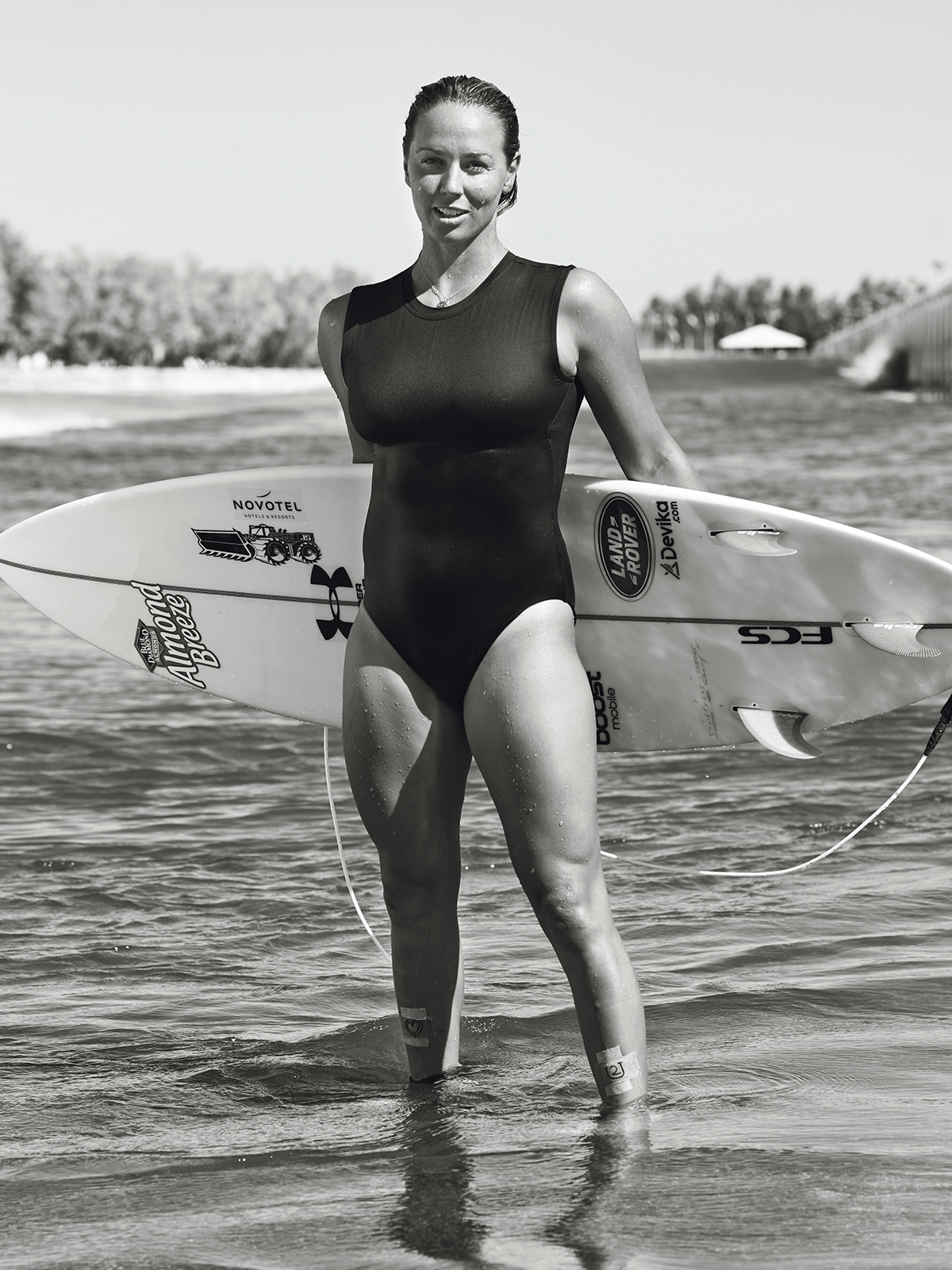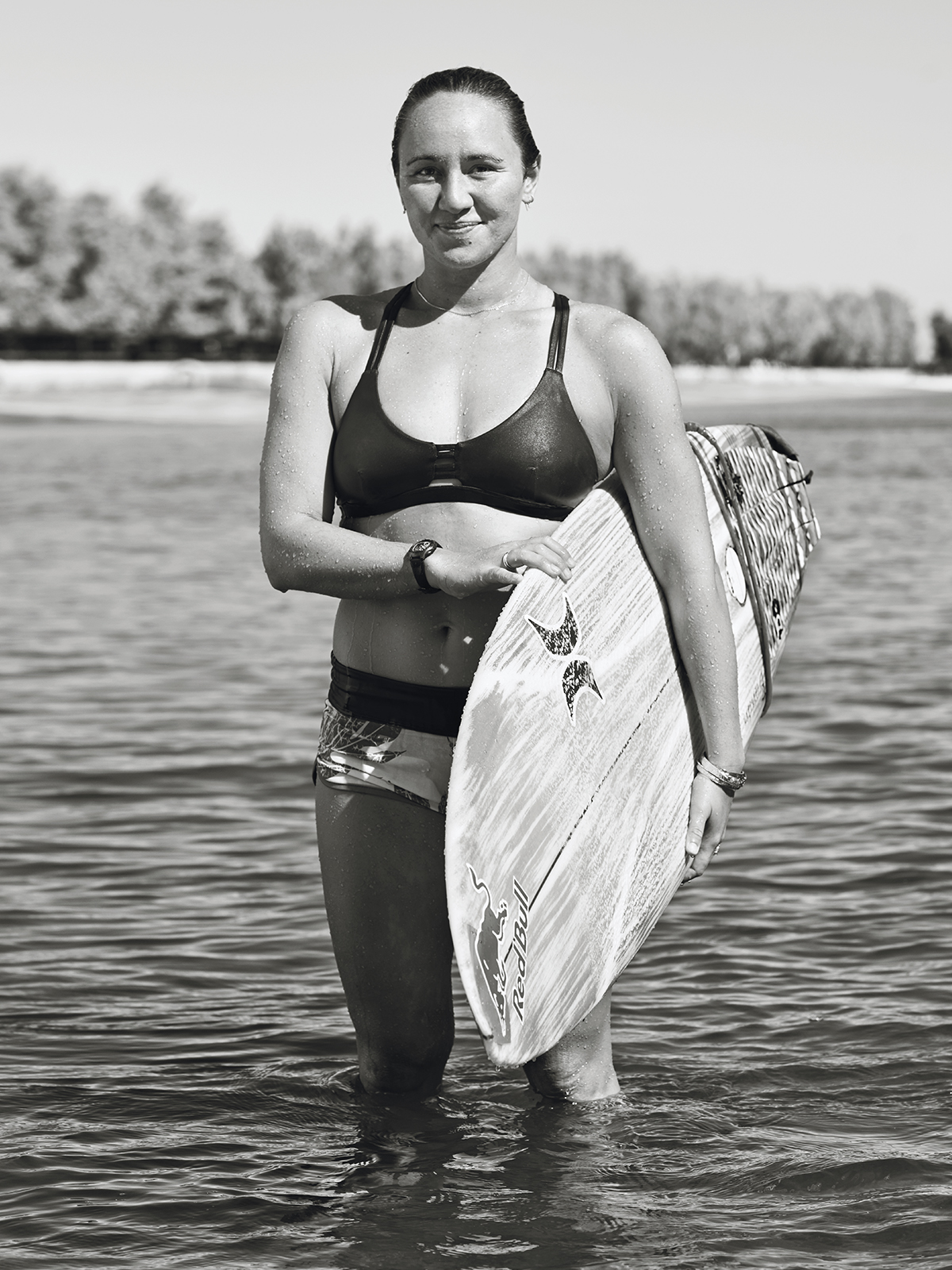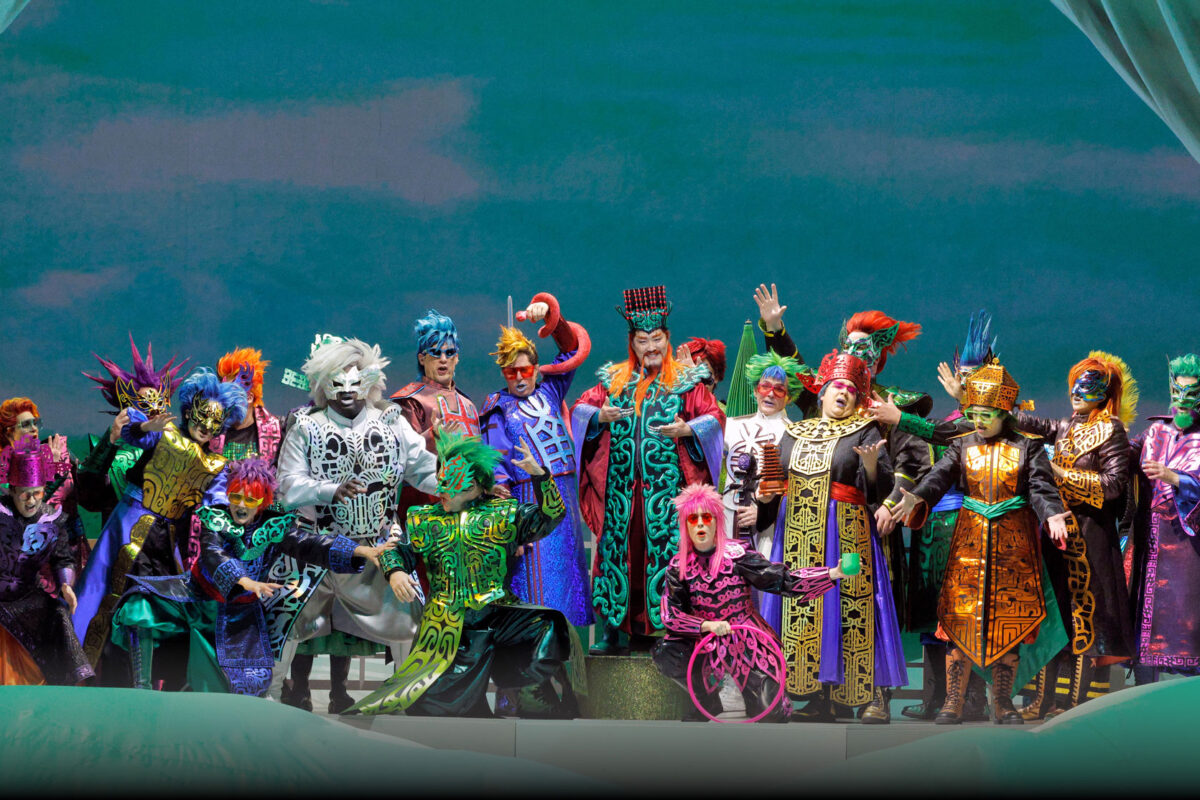One year after the World Surf League mandated equal pay for female competitors, six pros meet at Kelly Slater’s Surf Ranch to talk change
Words by JAKE HOWARD
Portraits by JAMES ROSS MANKOFF
In September 2018, the Santa Monica-headquartered World Surf League (WSL) announced that for the first time in the sport’s turbulent history, the prize money for male and female surfers across all WSL events, including the Championship Tour, would be equal.
The road to pay equality has been long and at times gut-wrenching. In 1976, six female surfers set out on the first-ever women’s world tour. Their initial stop was the Women’s Chapstick Pro in South Africa. Two days before the event, the sponsor came to them and conceded that they didn’t have the prize money because they didn’t think the competitors would even show up.
Instead, contest organizers proposed holding a nationwide raffle to raise the prize money — with the winner of the raffle getting a date with one of the surfers. The women immediately said no. Ultimately, they were forced to settle for splitting a $1,000 prize purse that was cobbled together at the last minute.
Today, with world champions like Carissa Moore and Stephanie Gilmore leading the charge in this new era, the true impact of the move toward equality is just starting to come into perspective, from the upper ranks of the Championship Tour to the lowest tier of the Qualifying Series and everything from big-wave contests to longboard festivals.
Gilmore, Moore and their fellow competitors, Lakey Peterson, Courtney Conlogue, Caroline Marks and Sally Fitzgibbons, marked the first anniversary of the WSL’s momentous decision with a roundtable discussion at the Freshwater Pro competition, held at Kelly Slater’s Surf Ranch in Lemoore. Between equal pay and surfing set to debut at the Tokyo 2020 Olympics, the sport is having a banner year. Here are the women to keep your eyes on in the lineup.
CAROLINE MARKS
At the start of the 2019 WSL Championship Tour season, 17-year-old Caroline Marks came out throwing haymakers. Her win at the Boost Mobile Pro Gold Coast was a groundbreaking moment in surf history, because it made her the first woman to receive equal prize money as her male counterpart — a check for $100,000. “I think Caroline was so fitting for the first athlete to win, just because it was like a changing of the guard,” explains fellow competitor Stephanie Gilmore.
Raised in Melbourne Beach, Fla., Marks now makes her home in San Clemente. The move allows her to work closer with her sponsors, and traveling out of LAX is a big plus for somebody who is on the road 10 months out of the year for international contests. Plus, she loves the waves at nearby Trestles.
Marks is currently ranked third on the tour and is in contention for her first world title at the final event of the year, the Lululemon Maui Pro. In only her second full season on tour, her powerful approach to riding waves has already had an impact on the sport, and she is poised to be a world champion in years to come.
COURTNEY CONLOGUE
Courtney Conlogue is a force to be reckoned with. Her exuberance and gritty determination make the 27-year-old regular-footer one of the women on the WSL Championship Tour who truly match power against power when the ocean starts pumping.
Growing up in landlocked Santa Ana, she would often bike nearly 20 miles to Huntington Beach to surf. The dedication and sacrifice paid off: Conlogue finished runner-up for the world title in 2015 and 2016, and after dealing with a foot injury in 2018 she came back this year to win the prestigious Rip Curl Pro Bells Beach for the third time — one of the oldest events in professional surfing.
“You look at the legacy that happened generations prior,” Conlogue says, “the women, a lot of the first winners, didn’t have Bells or prize purses or anything. And every time I win that Bell, it’s special.”
There’s also a soft side to the fierce competitor. She is a skilled artist with a knack for nature-inspired paintings. “It’s something that provides me with an escape from all the pressure and gives me an outlet that I can really get lost in and have fun with,” she explained during the 2018 Vans U.S. Open in Huntington Beach.
LAKEY PETERSON
Santa Barbara’s Lakey Peterson has always thrived on competition. From cutting her teeth on the perfect point break waves at Rincon to competing on the junior circuit, she’s consistently pushed herself to be the best.
Currently ranked second, this year the 25-year-old has a very real shot at capturing her first world title. And she admits that equal pay may have something to do with the fire she’s got burning. “It has maybe switched the focus a little bit from, I guess, appearance-based things to just wanting to be the best surfers that we can be, and it’s very contest-driven and performance-driven,” she says.
Renowned for her progressive approach, the California-bred athlete is just as apt to bust an aerial move as lay down a powerful carving maneuver. And now with the same financial opportunities as her peers on the men’s tour, she’s able to chase her dream and concentrate purely on her athletic performances.
SALLY FITZGIBBONS
The consummate, highly tuned Sally Fitzgibbons might just be the hardest working surfer on tour. At age 18, she set a new record when she secured the Qualifying Series championship faster than any woman before her. Besides her well-refined act in the water, the 28-year-old Australian is a seasoned distance runner and endurance athlete who thrives on pushing the physical envelope.
“I feel like there’s been a lot of shift changes, even in my 11 years on tour,” says Fitzgibbons, who recently clinched a spot at the 2020 Olympics. “In the lineup, no one really bother[s] you when it’s your turn anymore.”
She charges big waves, and when she’s not competing she mixes things up on all kinds of different boards. Her spot in the lineup, as for many women of a similar caliber, is not dismissed like before.
She continues, “All these little things have accumulated to be something pretty momentous. I think it’s a special chapter, for sure.”
CARISSA MOORE
Before Carissa Moore was even a teenager in Hawaii, she was blazing a radical new path for surfing with record-breaking wins. She broke the sponsorship mold, inking deals with big-name brands including Nike, Target and Red Bull. To date, she’s earned three world titles.
When she’s not striking fear into the hearts of her competitors, she’s bubbling over with the aloha spirt. She’s taken a group of Hawaiian girls under her wing to mentor them. And last year she launched a broader program called Moore Aloha to empower young girls through surfing. “It’s great to see that these girls have a career path to look forward to, and just with the coverage that the WSL has provided, it’s something for the girls to watch and aspire to be,” she says. “I think that’s awesome.”
Currently ranked No. 1 on the tour with one more stop on the 2019 schedule, the 27-year-old has already won two contests this year, and her track record at the Maui Pro, held at the iconic point break at Honolua Bay, is impressive: Since 2014, she’s won the contest three times. And while Moore’s clearly living in the moment, she also has her eyes on the future — especially the next generation of talent from Hawaii.
STEPHANIE GILMORE
When seven-time world champion Stephanie Gilmore first learned that the WSL was offering equal prize money for men and women, she admits, she got teary-eyed.
Behind all of the winning, it’s been a long road for the 31-year-old Australian icon. Since claiming her first title in 2007, she’s endured injuries and an international profile that still overwhelms her from time to time.
She grew up surfing Australia’s premier point break at Snapper Rocks, and these days when she’s not on the road chasing waves, she splits her time between back at home on the Gold Coast and living in L.A. A lover of art and music, she’s just as likely to be found exploring art museums in L.A., taking in a concert on Sunset Boulevard or surfing at Point Dume.
Perhaps it’s her proximity to Hollywood’s Time’s Up movement that’s shaping what she believes is the next step for gender equality in surfing. “I think the biggest change moving forward is getting the stories told,” Gilmore says. “That’s how you inspire the new generation and grow the sport and grow the audience, so I think that’s really the next step.”
Feature image: Seven-time WORLD SURF LEAGUE champion STEPHANIE GILMORE. Photo courtesy of WSL/DORSEY.
This story originally appeared in the December 2019 issue of C Magazine.
Discover more CULTURE news.


